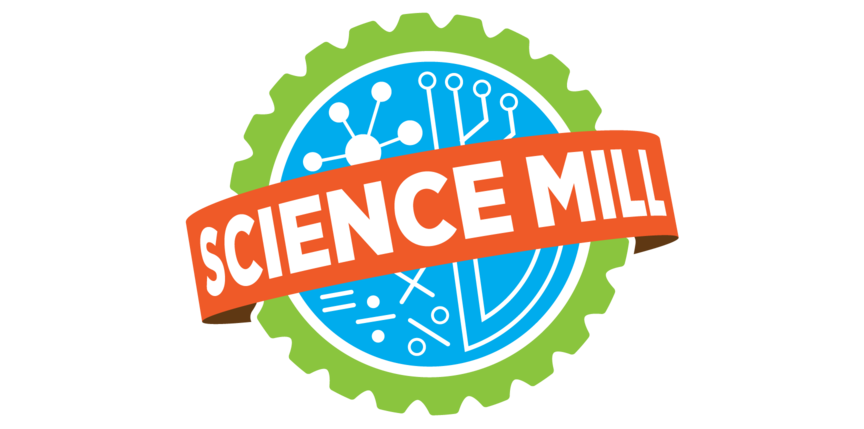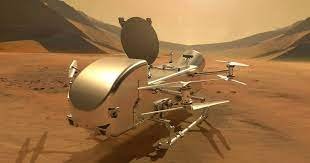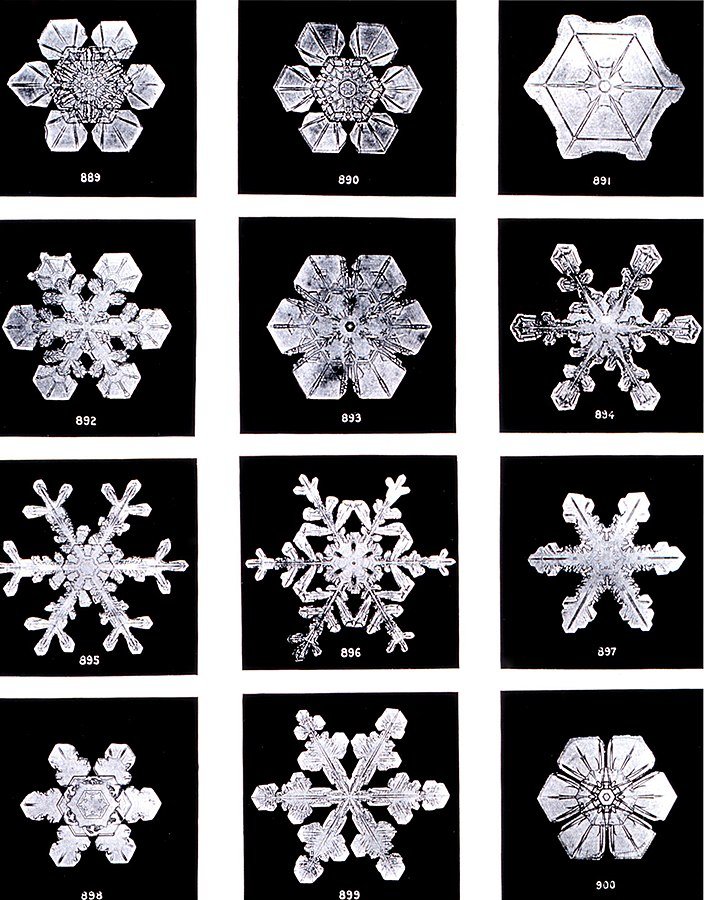What do a rollercoaster, artificial heart valves, and the Dragonfly rotorcraft have in common?
They’re all feats of engineering that used the same creative process to solve problems! This process, called the Engineering Design Process, is a problem-solving approach used by real engineers that anyone can learn and use in their lives.
Dragonfly is a rotorcraft that has been specially designed by NASA for flight on one of Saturn’s moons, Titan. The Dragonfly mission is a part of NASA’s search for habitable planets and moons within our solar system.
What is the Engineering Design Process?
At its core, the Engineering Design Process is creative and follows these steps:
Ask what problem you are trying to solve or what you are trying to create.
Imagineers at Disney World have meetings with peers to work out what they can do to create a brand-new roller coaster that is safer and more fun!
Imagine possible solutions to the problem.
During their meetings, they look at what people liked about past roller coasters while also thinking about ideas that haven’t been used yet.
Plan and design your solution.
The Imagineers decide which ideas to use in their design and create drawings or computer aided design (CAD) models.
Create a prototype, a model meant for testing your design, of that idea.
A team of Imagineers and workers build the prototype of their roller coaster. Before building a full-size model, it is common for people to build their designs on a smaller scale.
Test the prototype. How did it perform?
Imagineers test their roller coaster with crash test dummies or mannequins several times so that they can be certain that their ride is safe for people to enjoy.
Improve the prototype based on the results of testing.
Did a critical part of the design break? Did a safe roller coaster fail to “wow” the riders? Different types of feedback are taken as points to improve upon.
Return to steps 2 and 3. Repeat the process until you have refined your solution and it is ready to be shared with others!
How do real engineers use the Engineering Design Process?
All engineers use their own version of the process to accomplish their goals and solve problems within their unique fields. Often your first prototype isn’t able to solve the problem that you need to solve, so you return to steps 2 and 3 to refine your ideas and make progress on the solution to your identified problem.
Here’s a real-life example! Justice Darby is a mechanical engineering student at the University of Alaska in Anchorage. Once he graduates, his goal is to work for NASA at Marshall Spaceflight Center working in the field of theoretical propulsion systems that will benefit space missions, especially those supporting a manned mission to Mars. He is active in the University of Alaska’s rocketry club, which is designing a liquid rocket engine. While designing the club’s rocket engine from scratch, everyone has been exploring solutions and planning how to apply them to the prototype. As students, they are using this project to fill gaps in their knowledge and prepare for careers in aerospace!
So far, Justice and his peers have created and tested one prototype of the combustion chamber. The results from the test helped them make improvements, such as what the best placement for the fuel and other combustible materials would be. Making improvements requires that they return to step 2, imagine, to explore solutions to newly identified points for improvement. They perform this process until the team is satisfied that their objective has been achieved.
This is an early model of the combustion chamber that Justice worked on. Engineers often draw their ideas or create them in computer aided design (CAD) softwares before building them.
I’m interested in engineering, what skills do I need to become an engineer?
According to the engineers that were asked, there are three skills vital to engineering.
The first skill is working with the mindset that challenges are the beginning of improvement. Challenges do not mark the end of an idea that you have.
Building from that, engineers need to be able to learn from their mistakes. If your prototype did not meet the needs of your project, you can still learn from what did and didn’t happen during your testing and use that to improve your next attempt.
Finally, engineers need to know how to work with others. Engineers rarely work alone, and they face all of the challenges that come with the group projects that are more commonly associated with other careers!
Some other important skills include learning how to prioritize needs and wants within the scope of your project, learning how to sell your ideas to those with the ability to grant you additional resources, and learning how to put a project down when you’ve been working on it for a long time and haven’t been able to come to a solution. It will still be there after you take a break!
How do I get started?
Now that you know what the engineering design process is, think back to a time you tried to fix a problem or make something better. Maybe you had a toy you wanted to make more fun, or a chore you wanted to make easier.
Now, try it again and think about something in your life that could be made better. Start by making a plan, then think about what you want to change and how you want to do it. Then, try your plan on a small scale and see how it goes. Take note of what works and what doesn’t. Maybe you’ll need to make changes along the way–and that’s okay! That’s the process.
When you’ve fixed the problem or made things better, you’ve done what engineers do!
Excited to learn more about engineering? Join us for Engineering Weekend from February 17-19. There will be tons of exciting hands-on activities designed to unleash the inner inventor in you!


















